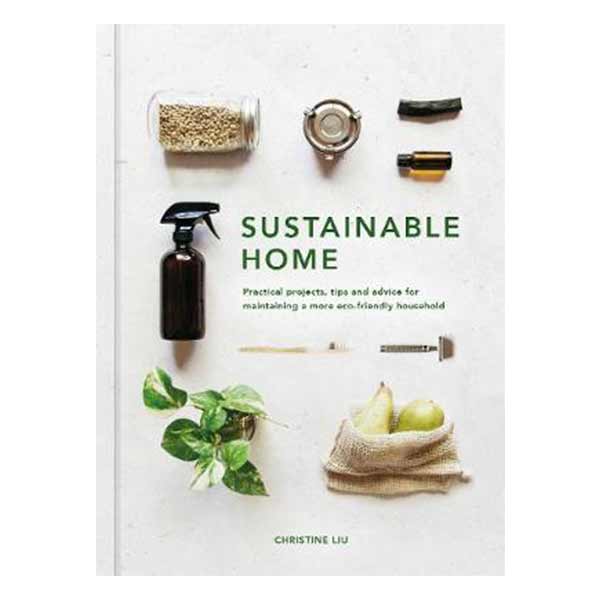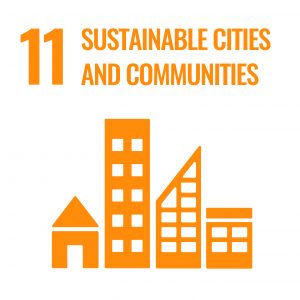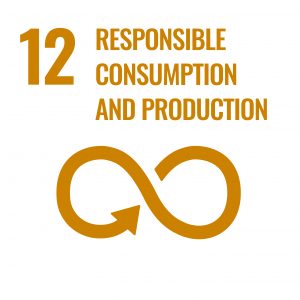Sustainable home improvement projects are no longer just a trend; they are essential for creating a healthier living environment while reducing your carbon footprint. Whether you’re looking to renovate your kitchen or add a new feature to your home, incorporating eco-friendly practices can make a significant difference. Sustainable home improvements not only benefit the environment but also can lead to long-term savings on your energy bills. These projects often add value to your home, making it more attractive to potential buyers if you ever decide to sell. Let’s dive into some great sustainable ideas that can transform your living space.
1. Energy-Efficient Windows and Doors
Windows and doors are often the most significant sources of energy loss in a home. By upgrading to energy-efficient options, you can reduce your heating and cooling costs dramatically. Double-glazed or triple-glazed windows provide better insulation, keeping your home warmer in the winter and cooler in the summer. Additionally, energy-efficient doors made from sustainable materials like bamboo or reclaimed wood not only enhance the aesthetic appeal of your home but also help maintain a consistent indoor temperature. These upgrades are an investment that pays off over time, reducing your reliance on artificial heating and cooling systems, thereby lowering your overall energy consumption.
2. Eco-Friendly Roofing Options
Your roof plays a critical role in your home’s energy efficiency and environmental impact. By choosing eco-friendly roofing materials, you can significantly reduce your home’s carbon footprint. Many homeowners are now opting for metal roofs, which are durable and recyclable, or installing solar panels to harness renewable energy. You can also consider using cool roofing materials that reflect more sunlight and absorb less heat, making your home more energy-efficient. When selecting a roofing option, consulting with a reputable roofing company can help you make the best sustainable choice for your specific needs. They can offer insights on materials that not only protect your home but also contribute to environmental conservation.
3. Sustainable Flooring Choices
Flooring is another aspect of home improvement where you can make sustainable choices. Bamboo and cork are two popular options that are not only stylish but also eco-friendly. Bamboo grows fast, making it a great renewable resource. Cork is harvested from the tree bark, which regenerates naturally. Both materials are durable and available in various styles to match any interior design. Reclaimed wood is another sustainable choice that gives your home a unique, rustic look. By choosing sustainable flooring, you’re not only reducing your environmental impact but also creating a healthier indoor environment, as these materials typically have lower levels of harmful chemicals like formaldehyde.
4. Insulation Upgrades
Proper insulation is essential for maintaining an energy-efficient home. By upgrading your insulation, you can reduce the amount of energy required to heat and cool your home. This not only lowers your energy bills but also reduces your carbon footprint. There are several eco-friendly insulation materials available, including cellulose, made from recycled paper, and sheep’s wool, which is a natural, renewable resource. These materials provide excellent thermal performance, keeping your home comfortable year-round. Insulation upgrades are especially important in older homes, where existing insulation may be inadequate or outdated. By investing in high-quality, sustainable insulation, you’re contributing to a more energy-efficient home and a healthier planet.
5. Solar Energy Integration
Solar energy is one of the most impactful ways to make your home more sustainable. By installing solar panels on your roof, you can harness the power of the sun to generate electricity for your home. This renewable energy source reduces your dependence on fossil fuels and can significantly lower your energy bills. While the initial investment for solar panels may seem high, the long-term savings and potential government incentives make it a worthwhile investment. Additionally, solar energy systems can increase your home’s value, making it more attractive to potential buyers. Even if you can’t install a full solar array, consider solar-powered outdoor lighting or solar water heaters as smaller steps toward energy independence.

One for your bookshelf? Practical projects, tips and advice for maintaining a more eco-friendly household
SHOP
6. Green Landscaping Techniques
Your outdoor space offers plenty of opportunities to embrace sustainability. Green landscaping techniques, such as xeriscaping, can reduce your water usage dramatically. Native plants are also a great choice because they are adapted to your local climate and require less water and maintenance. Another sustainable option is to install a rainwater harvesting system, which collects and stores rainwater for use in irrigation. By using natural fertilizers like compost instead of chemical ones, you can enhance the health of your soil and plants without harming the environment. Green landscaping not only makes your home more eco-friendly but also creates a beautiful, low-maintenance garden.
7. Energy-Efficient Appliances
When upgrading your home, consider replacing old appliances with energy-efficient models. Modern appliances are designed to use less energy and water, which can lead to substantial savings on your utility bills. Look for appliances with the ENERGY STAR label, which indicates that they meet strict energy efficiency guidelines set by the U.S. Environmental Protection Agency. From refrigerators to washing machines, energy-efficient appliances reduce your home’s environmental impact while providing the same level of functionality. Investing in these appliances is a smart move that pays off in both the short and long term, contributing to a more sustainable household.
8. Recycled and Reclaimed Materials
Using recycled and reclaimed materials in your home improvement projects is a great way to reduce waste and promote sustainability. These materials not only give your home a unique look but also help conserve natural resources. For example, reclaimed wood can be used for flooring, furniture, or even accent walls, adding character and warmth to your home. Recycled glass can be transformed into beautiful countertops or tiles, creating a striking visual impact. By choosing recycled or reclaimed materials, you’re supporting a circular economy and reducing the demand for new raw materials, all while giving your home a distinct, eco-friendly aesthetic.
Sustainable home improvement projects offer numerous benefits, from reducing your environmental impact to saving money on energy bills. By incorporating eco-friendly practices into your renovations, you’re not only creating a healthier living space but also contributing to a more sustainable future. Whether you’re upgrading your windows, installing solar panels, or using recycled materials, every small change adds up to make a significant difference. These sustainable ideas can help you transform your home into a more eco-conscious and efficient space, providing long-term benefits for both you and the planet. By taking these steps, you’re not just improving your home; you’re making a positive impact on the world around you.




